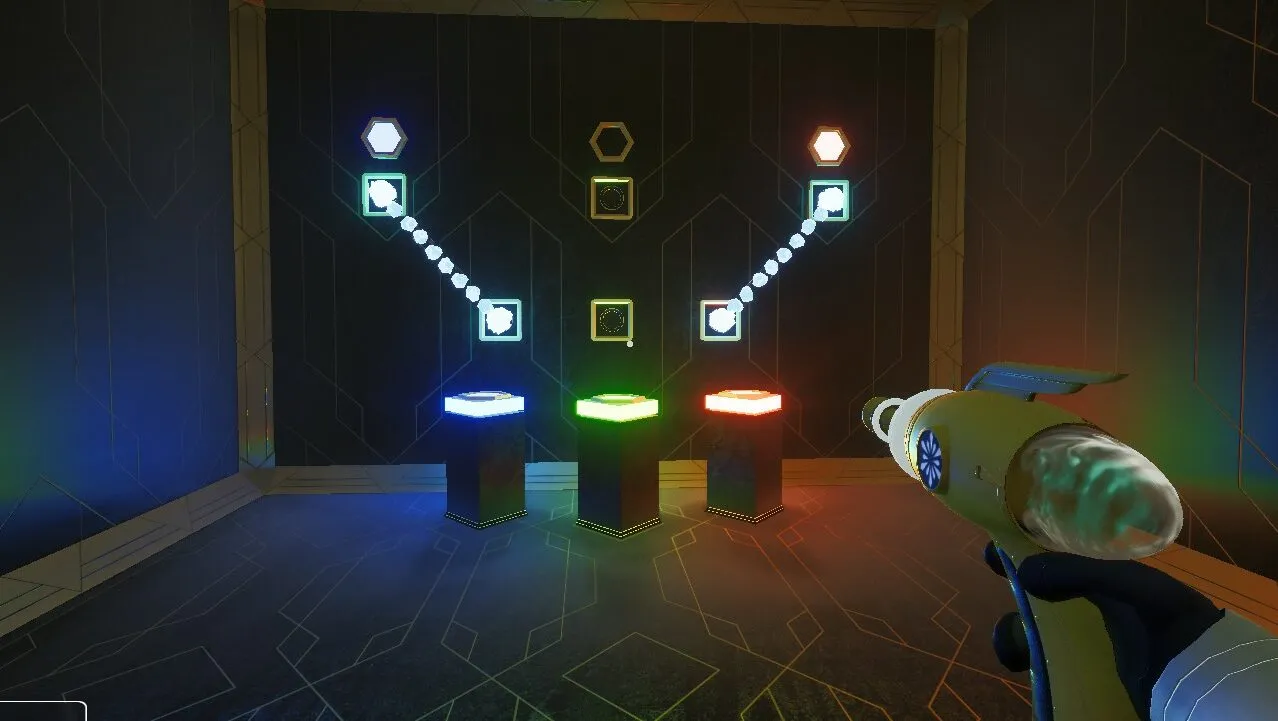
Unraveling OPIS: A Deep Dive into Faraday Protocol’s Puzzle-Driven World
Contents
Faraday Protocol thrusts players into the enigmatic world of OPIS, a previously unknown location in the vast expanse of space. This puzzle-adventure game, developed by DECK13, tasks players with navigating a series of increasingly complex challenges orchestrated by a mysterious AI. But does this cosmic archaeological adventure live up to its potential? Let’s delve into the captivating and sometimes frustrating aspects of Faraday Protocol.
The Allure of OPIS: A Genius’s Struggle
Faraday Protocol presents a unique gameplay experience that defies expectations. It’s not about showcasing your gaming prowess or encyclopedic knowledge; rather, it’s a journey of self-discovery, revealing a sense of vulnerability as you progress. The core elements of the game revolve around exploration, puzzle-solving, archaeology, and a captivating cosmic setting.
The game’s narrative begins similarly to other adventure titles. You’re summoned to OPIS and immediately thrust into a puzzle-solving game orchestrated by the omnipresent AI. Equipped with a unique energy manipulation tool, you’ll encounter puzzles requiring you to connect or activate various energy sources.
 Initial puzzle interaction in Faraday Protocol
Initial puzzle interaction in Faraday Protocol
While the initial puzzles are relatively straightforward, the increasing complexity and the increasingly claustrophobic environment create a sense of mounting pressure. The limited color palette of gold, black, and agate further contributes to the oppressive atmosphere. The game incorporates mathematical formulas, cosmic theories, and philosophical concepts, but the overall ambiance effectively conveys the narrative without requiring in-depth knowledge of these complex subjects.
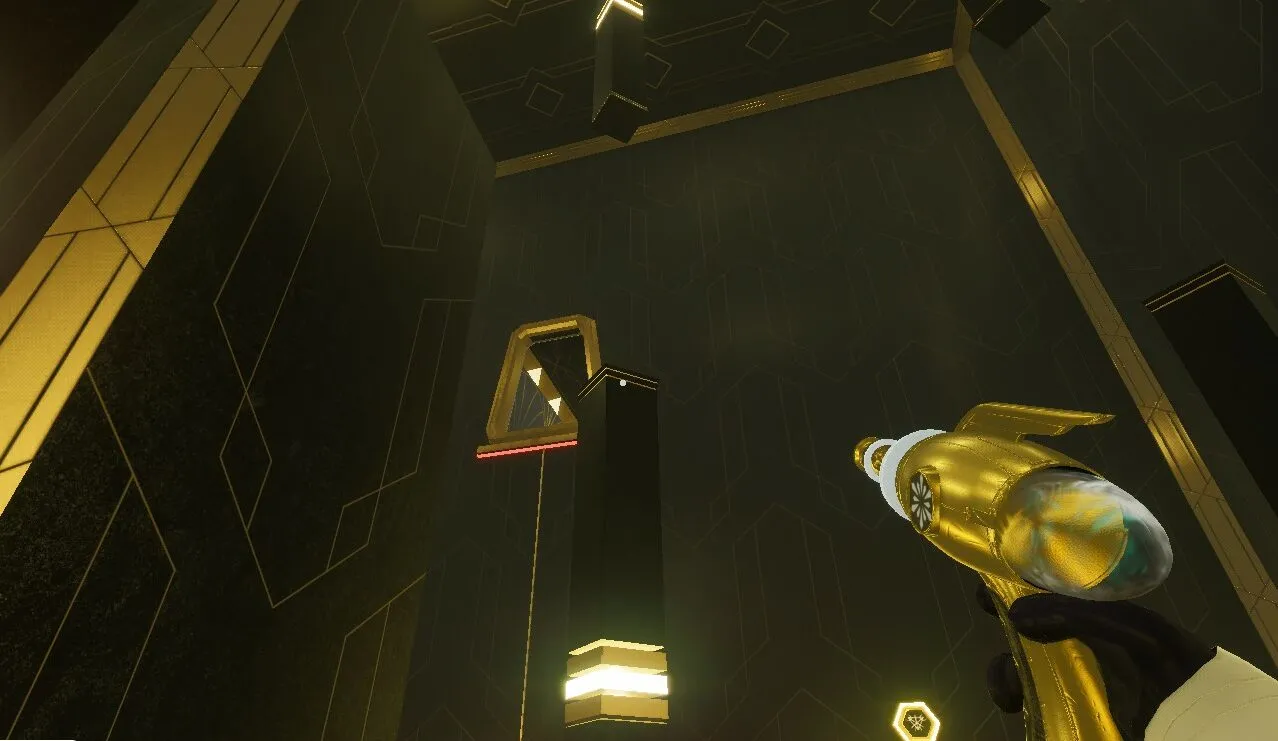 Later stage puzzle mechanics
Later stage puzzle mechanics
The journey gradually loses its initial charm, and the pervasive loneliness becomes more draining than the actual puzzles. A sense of paradoxical brilliance emerges—you feel like a genius trapped in a progressively distressing situation. Continuing feels like embracing further suffering, while stopping leaves a lingering sense of regret.
A Masterclass in Subtle Guidance
Faraday Protocol excels in its subtle guidance of the player. While seemingly lacking explicit instructions, the game cleverly integrates direction through environmental cues and puzzle design. Later puzzles build upon earlier mechanics, fostering a sense of intuitive problem-solving, almost deceiving you into believing you’re a natural puzzle prodigy.
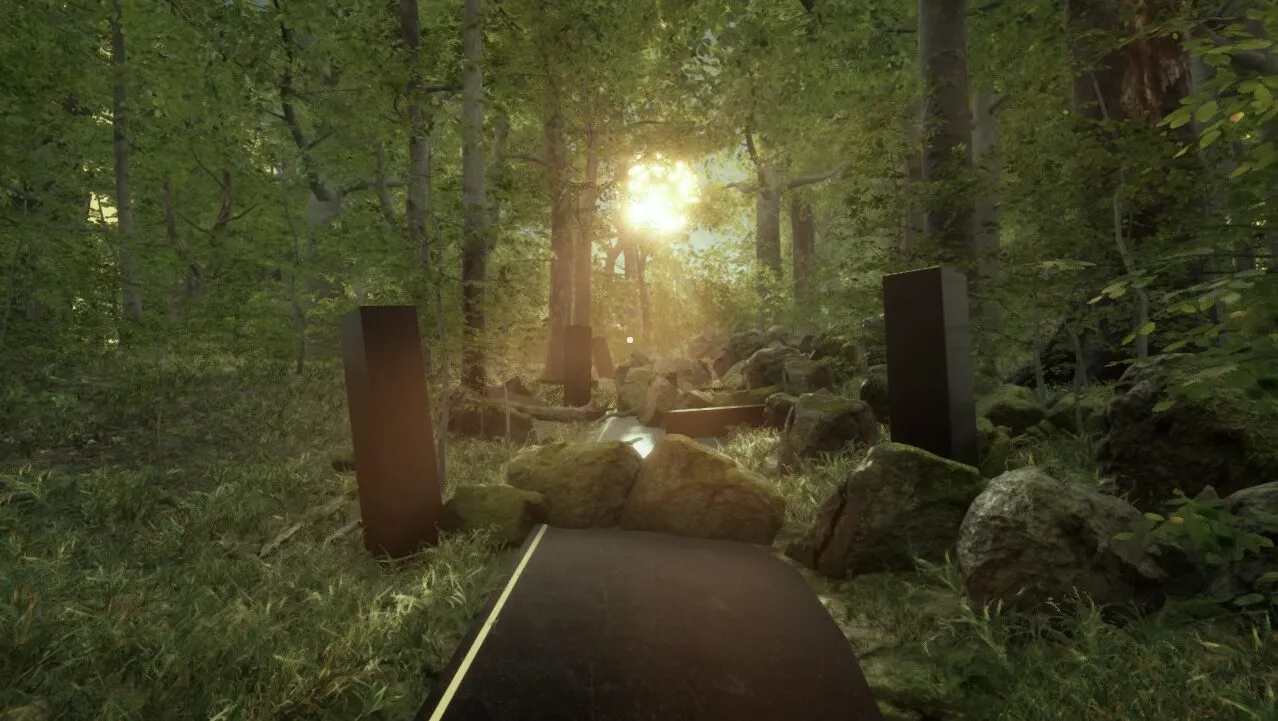 Exploring the environment
Exploring the environment
The game cleverly disguises this guidance, fostering a sense of player agency. Red herrings like the protagonist’s introspective monologues and seemingly branching paths (which ultimately lead to the same destination) contribute to this illusion of choice. The oppressive atmosphere, coupled with the AI’s cryptic pronouncements, further intensifies the experience, urging you forward on an ambiguous quest.
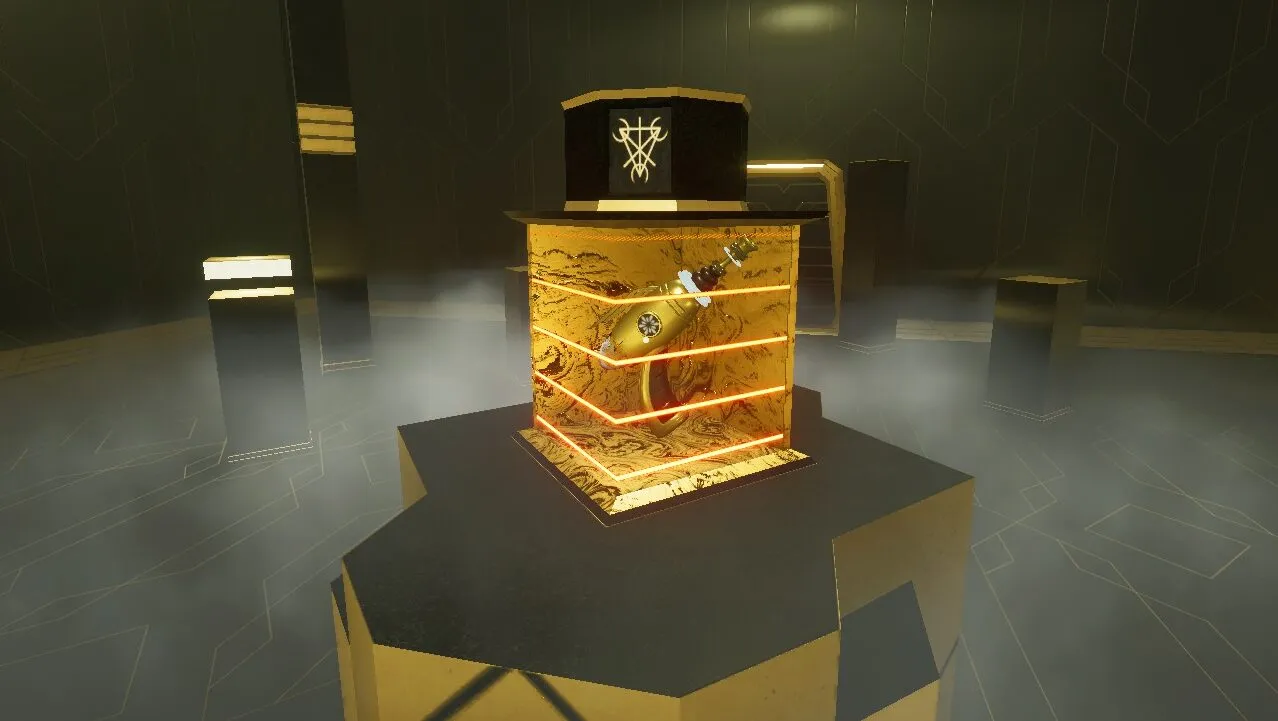 The game's environment and atmosphere
The game's environment and atmosphere
The game’s world consistently reflects its Egyptian tomb-inspired aesthetic, infused with sci-fi elements. Despite being trapped in a puzzle-driven “arena,” you never feel entirely isolated. Interactive elements, recordings of a lost civilization, and ongoing dialogue with the AI create a sense of companionship. However, this comforting illusion shatters when curiosity leads you off the beaten path. Memories become fragmented, explanations convoluted, puzzles transcend mere tests, and self-doubt creeps in, even questioning the reliability of your own inner voice.
A Fleeting Journey: The Downsides of OPIS
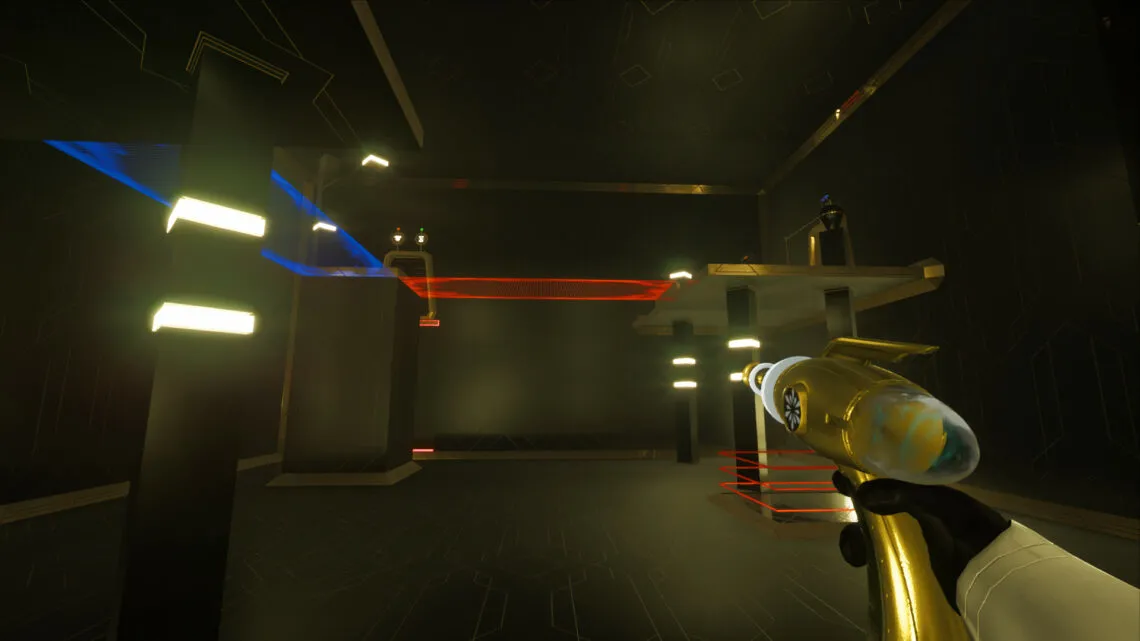 Faraday Protocol's Short Length
Faraday Protocol's Short Length
Faraday Protocol’s brevity, clocking in at around five hours or less, is a significant drawback. While enjoyable, its puzzle-focused nature offers limited replayability. Despite its short length, the game employs a cryptic narrative style typically found in longer titles. Uncovering the full story requires meticulous data collection and exploration. Without this dedication, the experience remains ambiguous and purposeless.
Even for dedicated players willing to explore every nook and cranny, the narrative ultimately falls into familiar tropes, centering on humanity and its flawed decisions. The lack of mid-level saves forces players to replay entire sections if they quit prematurely, an unnecessary frustration.
Conclusion: A Captivating Yet Fleeting Experience
Faraday Protocol offers a unique and engaging puzzle-solving experience within a captivating sci-fi setting. Its subtle guidance, atmospheric world, and intriguing narrative elements create a memorable, albeit brief, adventure. However, its short length, cryptic storyline, and lack of saving options may detract from the overall enjoyment for some players. Despite these shortcomings, Faraday Protocol remains a worthwhile experience for those seeking a thought-provoking and atmospheric puzzle adventure.





Comments (0)